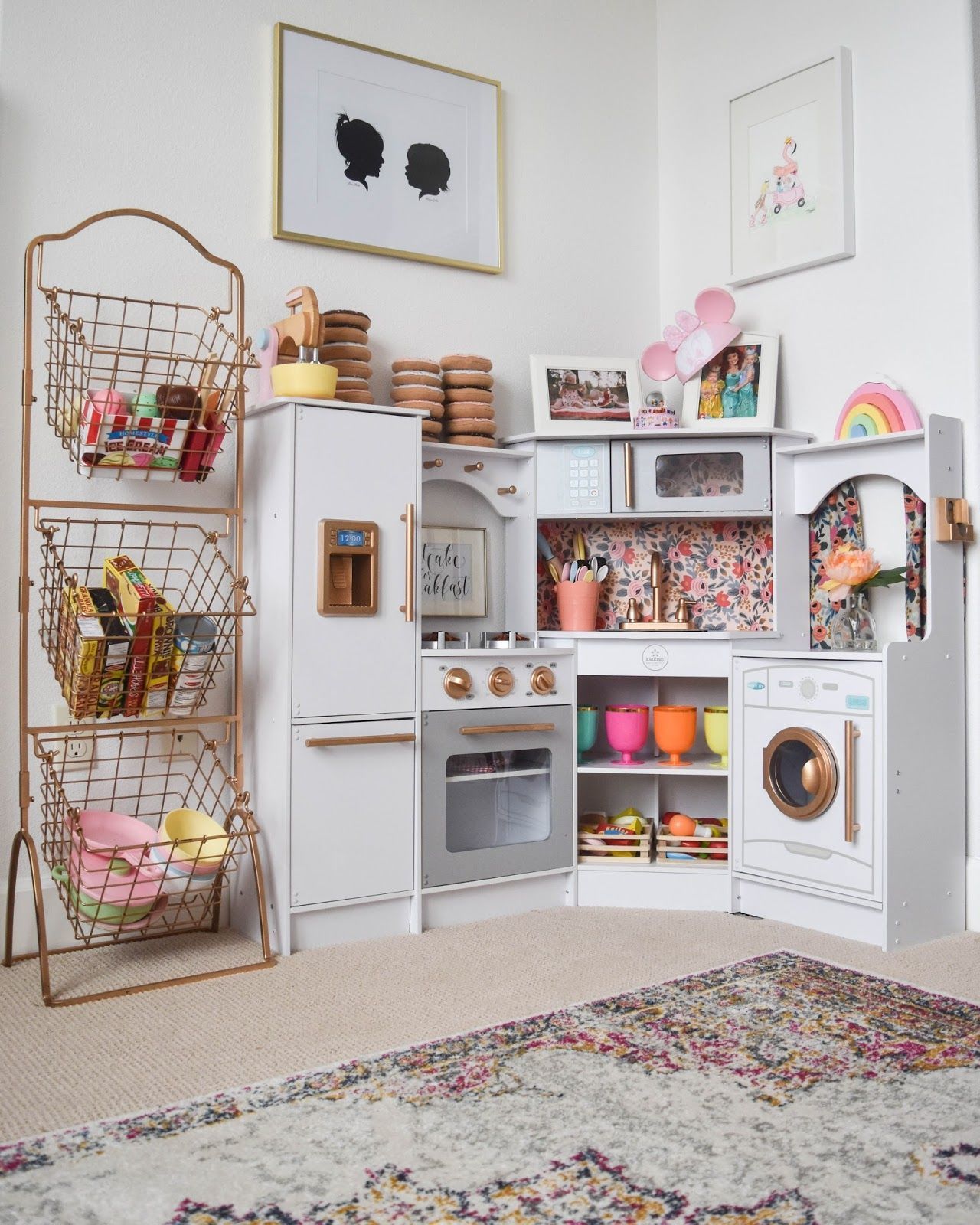Decorating a child’s bedroom isn’t easy. Whether they’re a baby, toddler or a teenager you need to get their room right to ensure they’re happy with the space whilst keeping it practical.
We’ve put together eight tips to help you get along the right track when decorating your child’s room and to ease you through the process without any tantrums.
Speak To Your Child

Before you start decorating, speak to your child and see what they want in their room. Discuss what they would like to include and any ideas they might have to make the room more special.
You could create an idea board together by looking on sites like Pinterest or Instagram and each pick out your favourite designs. Giving your child an input will help them feel happy and at home in their room.
If you’re decorating the room yourself, get your child to help out with easy tasks. This will make them feel involved and valued. Avoid anything too messy like painting but let them assist with simple tasks.
Choose the Right Base Colour

As a starting point for your decorating project, choose a base colour for the room. Try to keep to light and neutral colours to give the room an airy and breezy look.
White is the most common choice but as long as you don’t go for anything too bright or harsh you can pick any colour. You can add colour in smaller areas using paint, wall art and accessories.
Pick a Theme

Once you have the base colour of your room, you can choose a theme. This is a key area where you can get your child involved in the planning. Choose something they love but try to avoid specific characters as tastes can quickly change.
After you have your theme, fit it in a prominent but not overbearing way. You could add wall art in the form or a wall mural or perhaps a wall sticker. Alternately, you could paint sections of your wall to match the theme and base colour and add appropriate bedding and other soft furnishings.
A general rule to keep you on track during and after decorating is to stick to your theme. Decorating, especially with a child, is hard. Keep to your theme for the best end results and avoid a mismatched look.
Choose the Right Furniture

The furniture you’ll need for your kid’s room is pretty dependent on the space you have available and the age of your child. As this will likely be the most expensive aspect to the room, plan for the future. Avoid buying a small bed if it’s likely your kid will have a growth spurt in the next few years.
Try to stick to plain colours that match the base colour. Alternately, go for furniture you can paint for an update. If you want to keep the cost down, you could upcycle some old furniture by changing the colour or function.
Add Plenty of Storage

Storage is going to be a key aspect of your child’s room, especially as they grow. Adding different storage options for clothes, books and toys will help to keep their space organised.
If you have limited space, multifunctional furniture is a great space-saving technique. Storage boxes that double as seating and under bed storage will help keep a room organised.
Try to keep the room as clear as possible by having a regular charity donation session. Unless there’s a particular sentimental value, toys that are no longer played with and clothes they don’t fit in should be given to a good cause.
Make It Easy To Clean

Kids are messy. Make their rooms as easy to clean as possible.
Avoid clutter and surfaces that will attract mess. Remember, you’ll have to pick things up to dust around them so open shelves aren’t always ideal. Try to make sure both furniture, flooring and walls are easy to clean when it comes to general mess and spills etc.
Add A Study Space

For older children, a study space is a definite must for their bedroom. This doesn’t have to be a traditional desk, add whatever works for them in a section of the room that’s free from distractions including tech like games consoles and TVs.
Just try to include an area to store books and for them to sit and work that isn’t on their bed. If you work with your child to choose their study area, they will be more likely to use it as it’s geared towards them.
Don’t Go Too Permanent

Especially with younger children and teenagers, they’re prone to changing their mind on a pretty regular basis. Don’t go overboard when decorating as you will need to change it in the future.
Following our tips of choosing a sensible base colour will be beneficial when redecorating. Themed accessories and smaller painted areas are easy to cover up or outright move.
Final Thoughts
Decorating your kid’s bedroom won’t be easy but it’s worth it if you get it right. You want a place for them to feel comfortable to spend time playing and sleep at night.
Whatever you choose, make it unique to your child. Children are all little individuals so show off something they love and keep it personal.






